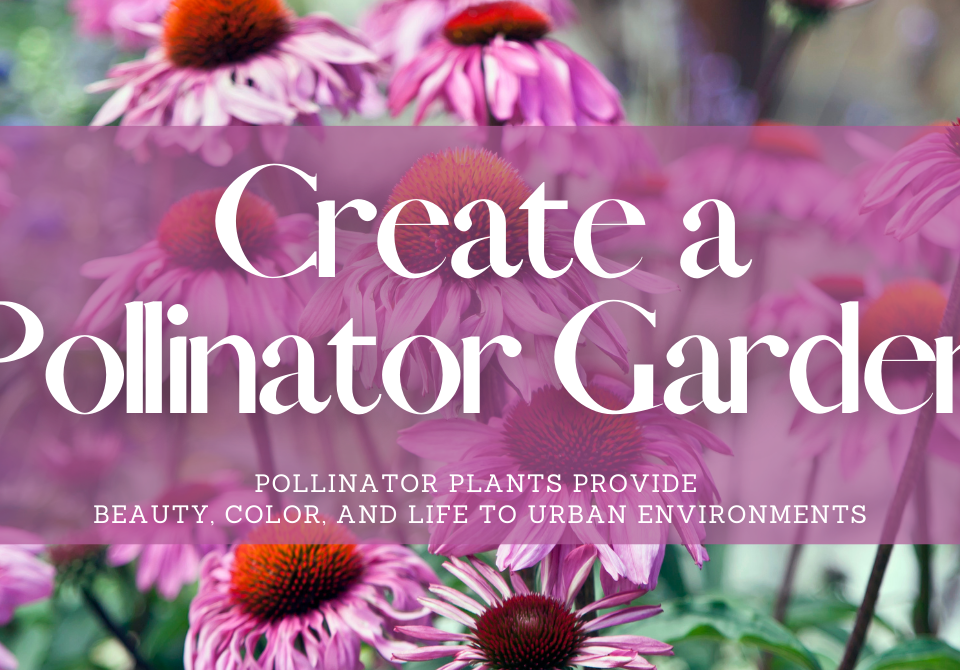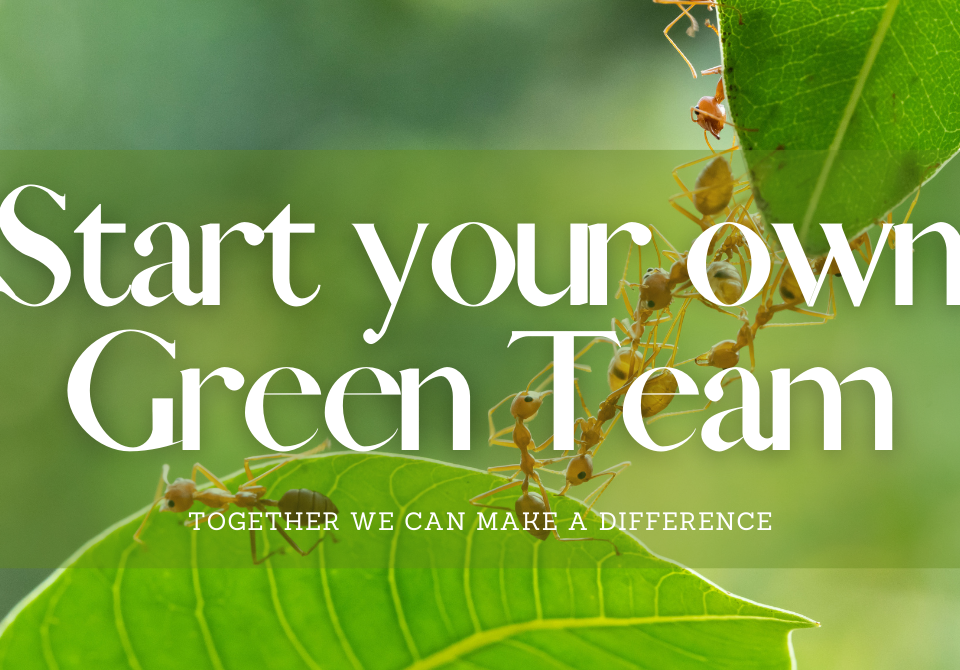All Things Christmas Trees

Cankerworm Banding
11.30.20
Winter Dormancy in Trees
12.18.20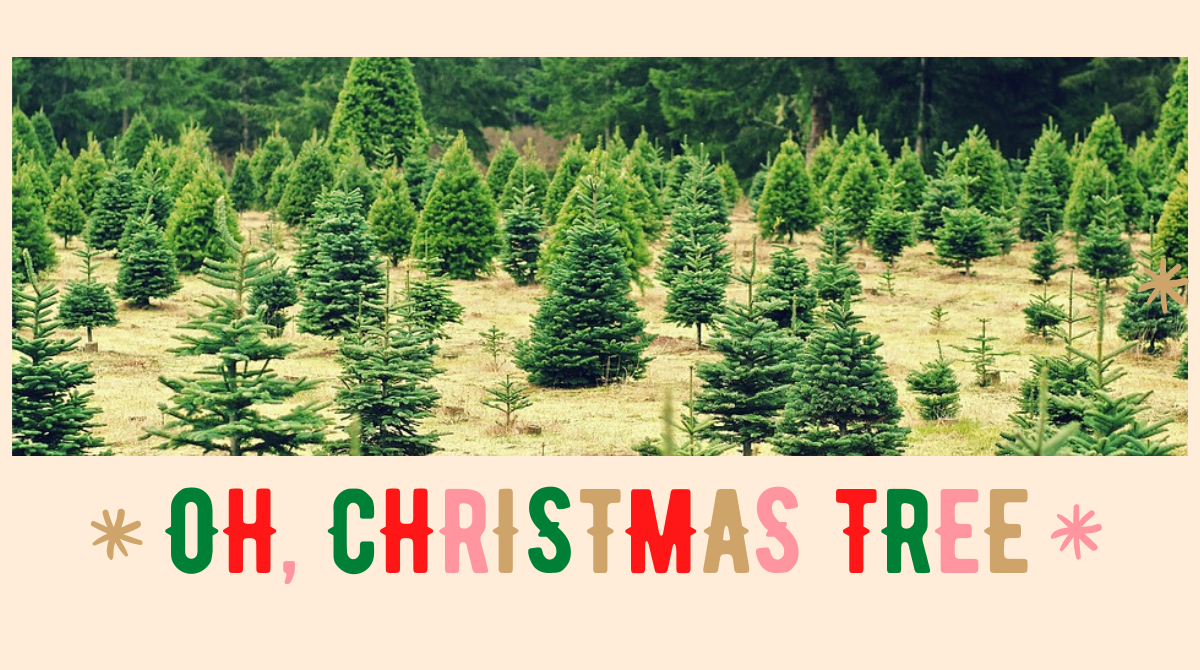
By: Kate Bolkin
The holiday season is upon us and so too is the endless advice about how to have festive and fun celebrations that are also environmentally responsible. You’ve probably seen all the recipes for vegan Santa cookies or advertisements for biodegradable wrapping paper, but we at TreesCharlotte want to bring you back to the basics and talk Christmas trees. We hope to give you the information you need to choose a tree that is not only right for your family, but also right for the earth.
If you choose to get a natural, cut tree:
Live, cut trees are the most popular form of Christmas tree. After all, who doesn’t love that fresh smell and picking the perfect tree with the family? The environmental impact of getting a cut tree varies quite a bit depending on where the tree comes from and how you dispose of it, so bear with me.
Environmental impact:
From a forestry standpoint, getting a live, cut tree isn’t that harmful. Christmas trees are grown on farms, so trees aren’t being taken from their natural habitat where they are needed.
From a carbon footprint standpoint, purchasing a live, cut tree is only “bad” for the environment in the transportation and disposal process. The more local your purchases are, the less carbon footprint they will have, so we recommend getting a Christmas tree from a North Carolina tree farm. Thankfully, North Carolina is the second largest Christmas tree producer in the country, so you should have no problem getting a locally grown tree!
Once you take your tree home and give it water, decorations, and holiday cheer, you’ll need to make a smart decision about how to get rid of it when the time comes. Like all once-living things, Christmas trees have to decompose, which releases all their stored up carbon back into the atmosphere. By recycling your dead tree for other purposes, such as mulch or compost, instead of disposing it into a landfill, you can reduce its carbon footprint five-fold (from 35 pounds of CO2 in a landfill to 7 pounds when repurposed). And that’s not to mention that your dead tree will be used to help living trees grow! Beginning January 4th, Mecklenburg County Solid Waste will pick up and recycle your tree if you live within Charlotte city limits. If you don’t live in Charlotte, you can drop your tree off at a recycling site. Find out more about tree recycling here: https://www.mecknc.gov/news/Pages/Give-Your-Christmas-Tree-a-New-Life-Recycle-It.aspx
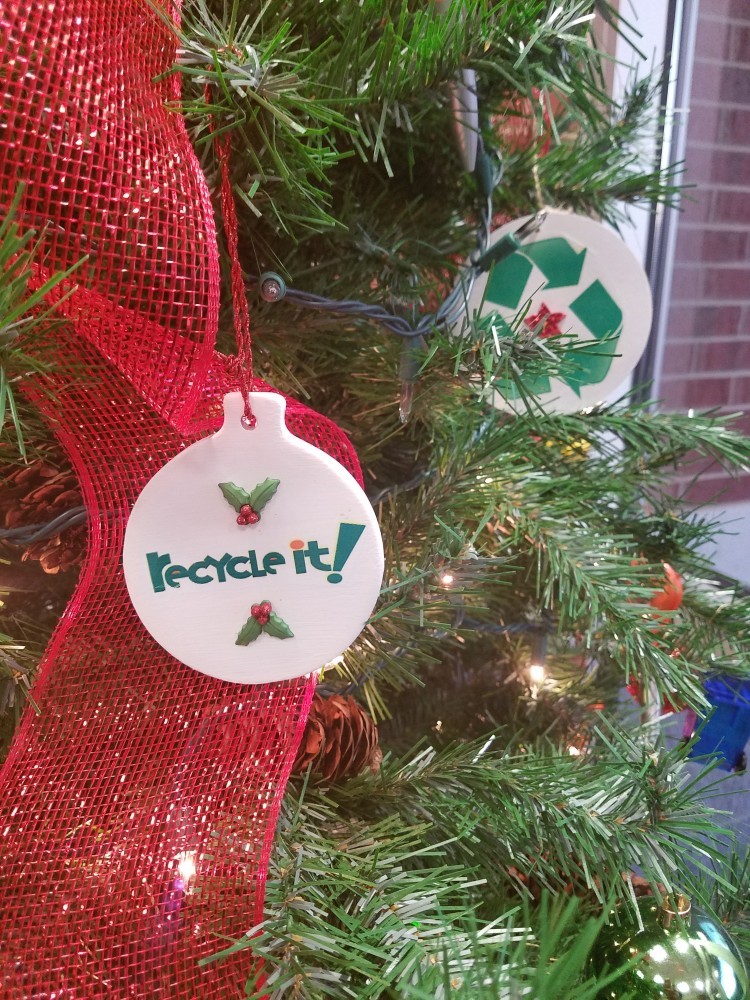
Types of trees:
While many firs and most spruces cannot grow in most of North Carolina due to their need for cold temperatures, luckily for us Christmas tree farms in North Carolina can grow the Fraser fir—a species of fir that only grows in the southern Appalachians and has been bred as the “perfect Christmas tree.” It is by far the most popular Christmas tree because of its sturdy branches that can bear heavy ornaments and its soft and invitingly fragrant needles. Other types of Christmas trees that can grow in North Carolina include Virginia pine, white pine, Leyland cypress, eastern red cedar, and green giant arborvitae. All these trees have different looks, different smells, and different feels, so be sure to research which tree suits the Christmas vibe you’re going for.
Cut Tree Care:
A natural, cut tree is going to require less care than a live potted tree, but more maintenance than a fake tree, of course. Here are some tips for making a natural, cut Christmas tree last as long as possible.
- Before you buy, check that the tree you pick is healthy and hydrated. Run your fingers along the needles and make sure that most of them stay attached. If they are brittle and several fall off, maybe go for a different tree.
- Cut about ½ to 1 inch of trunk off the bottom of your tree. This will promote more water absorption by removing any dried sap that may be blocking the xylem (the part of the tree that sucks up water).
- Make sure your tree always has water. Your cut Christmas tree needs a lot more water than when in the ground because it doesn’t have roots or soil to retain moisture. Check your tree’s water bowl daily to ensure that it’s well-hydrated. A good rule of thumb is to maintain 1 quart of water per 1 inch trunk diameter. (You can determine diameter by dividing the circumference of the trunk by pi or 3.14. Yay, math!)
- Keep the tree away from the heat. Strong, direct heat can dry out and kill plants quickly and easily. Be smart about where you place your Christmas tree and keep it far away from the furnace or fireplace.
If you choose to get an artificial tree:
Environmental impact:
A 2-meter artificial tree produces a carbon footprint of about 88 pounds of CO2 during the manufacturing process, which is much more than a natural Christmas tree. Since the carbon footprint of an artificial tree is equal to about 12 natural cut trees, it may seem to make sense to buy an artificial tree if you’re planning to use it for more than 12 Christmases. However, it is important to remember that plastic can take hundreds of years to break down in a landfill, so even if you use your artificial tree for decades, there still will be a notable negative environmental impact.
If you choose to get a potted tree:
There is a third option of Christmas tree that many people aren’t familiar with—a potted tree. This tree still has its roots and lives in potted soil, so it’s still very much alive and well. Taking care of one is a bit more maintenance and it does not last as long indoors as a cut tree, but it is certainly the most eco-friendly option if replanted.
Environmental impact:
When you choose to plant and grow your Christmas tree, that tree will filter out harmful air and water pollutants, sequester carbon dioxide from the atmosphere, provide home to wildlife, and add Christmas cheer all year round. Planting your Christmas tree after use is by far the most environmentally-friendly. The only carbon footprint involved is the transportation of the potted tree, which will eventually be offset once the tree starts photosynthesizing (which sucks up CO2) when planted. Although you can recycle a potted tree as you would a cut tree, the environmental benefits come from the replanting of the tree.
Types of Potted Trees:
If you plan to plant your potted tree after the holidays, you should make sure the species you choose will survive in its new home. That means researching how many hours of sunlight it needs, what type of soil it can thrive in, and how much space it will need at maturity. Most potted Christmas trees will only be around 5 feet at purchase, but many can grow up to 50 feet tall and 10-20 feet wide. Common backyard evergreens that can also function as Christmas trees include arborvitae, Leyland cypress, eastern red cedar, and Virginia pine. Keep in mind that you may have to prune some of these trees if you want them to maintain the pyramidal or “Christmas tree” shape.
Potted Tree Care:
Caring for a potted tree inside the home is somewhat similar to caring for a cut Christmas tree. Both are prone to drying out quickly and should be kept away from direct heat, but there are key differences that you should be aware of.
- Potted Christmas trees only last 7-10 days when indoors. Keeping a potted tree inside for a longer period will reduce its hardiness when transplanted outside, which can be fatal. So, you’ll need to break that tradition of getting your tree right after Thanksgiving if you want it to make it to the holidays.
- Make sure water goes in and comes out. Potted trees will need to be watered every 1-2 days and their pots will have drainage holes so they don’t get root rot. Make sure your tree is well hydrated but don’t forget to put something underneath to soak up excess water.
- Use caution when decking the halls. Just like keeping your tree too close to a furnace or fireplace can burn the needles, bright, warm string lights can do the same. For a cut tree this is no big deal since the tree is no longer living, but for your live, potted tree, this can be damaging. Try to opt for LED lights or low-wattage lights instead to keep those needles cool and safe.
- After the holidays when you’re ready to plant, check out our “How to Plant a Tree” video for planting instructions and tree care.
We hope you learned a thing or two about Christmas trees. And from everyone at TreesCharlotte, Happy Holidays!
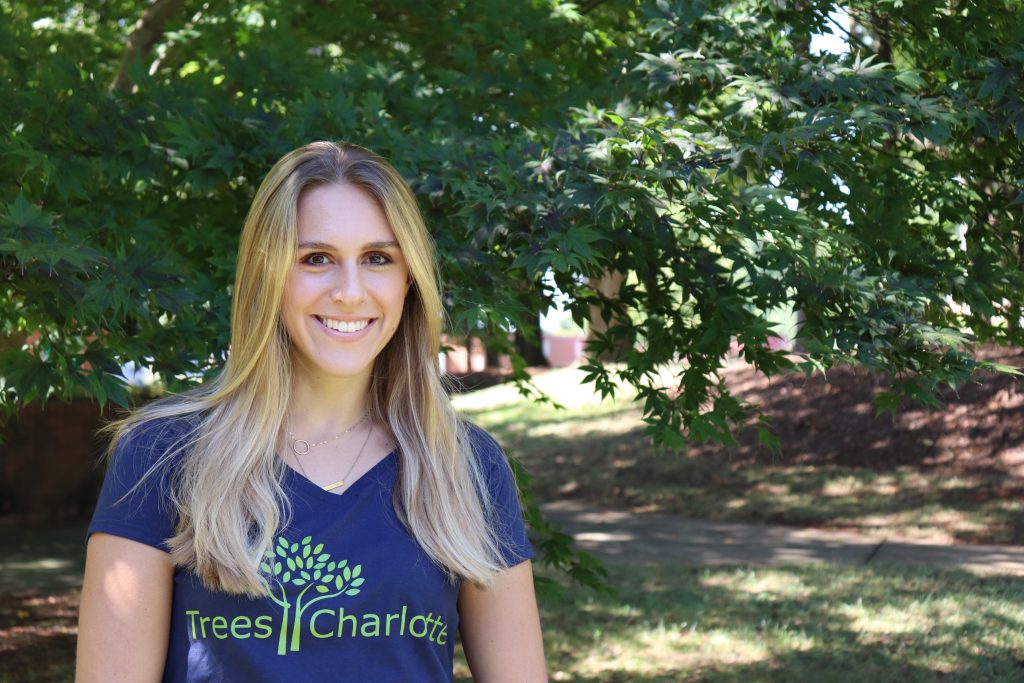
Kate Bolkin is TreesCharlotte’s Community Tree Educator. She has a background in conservation biology, environmental science, and urban forestry.
Email kate@treescharlotte.org with any tree questions or presentation inquiries!

